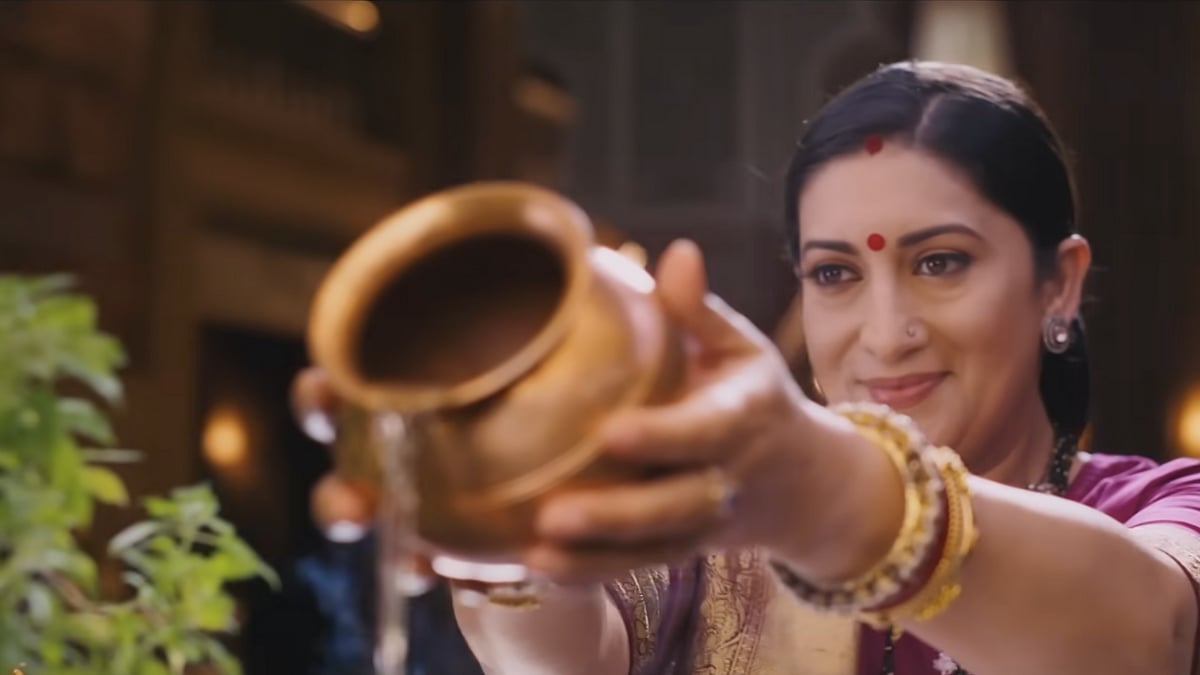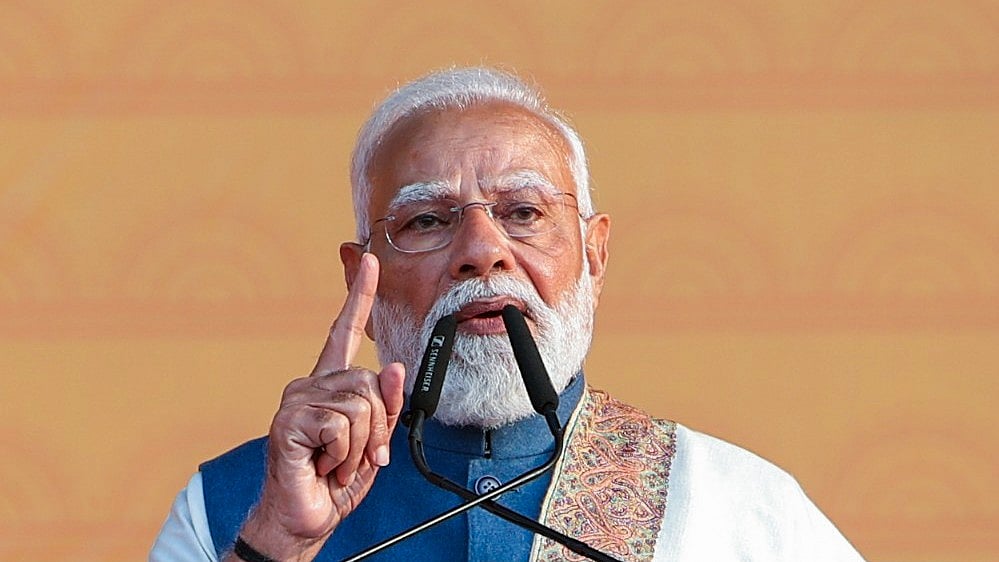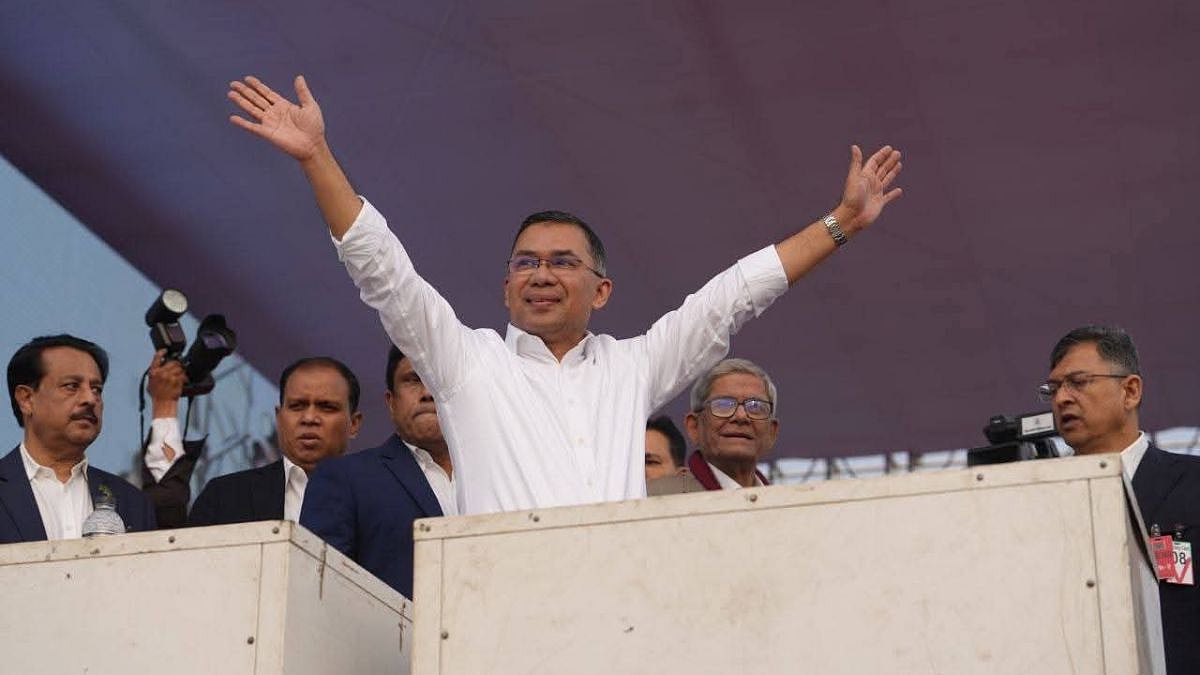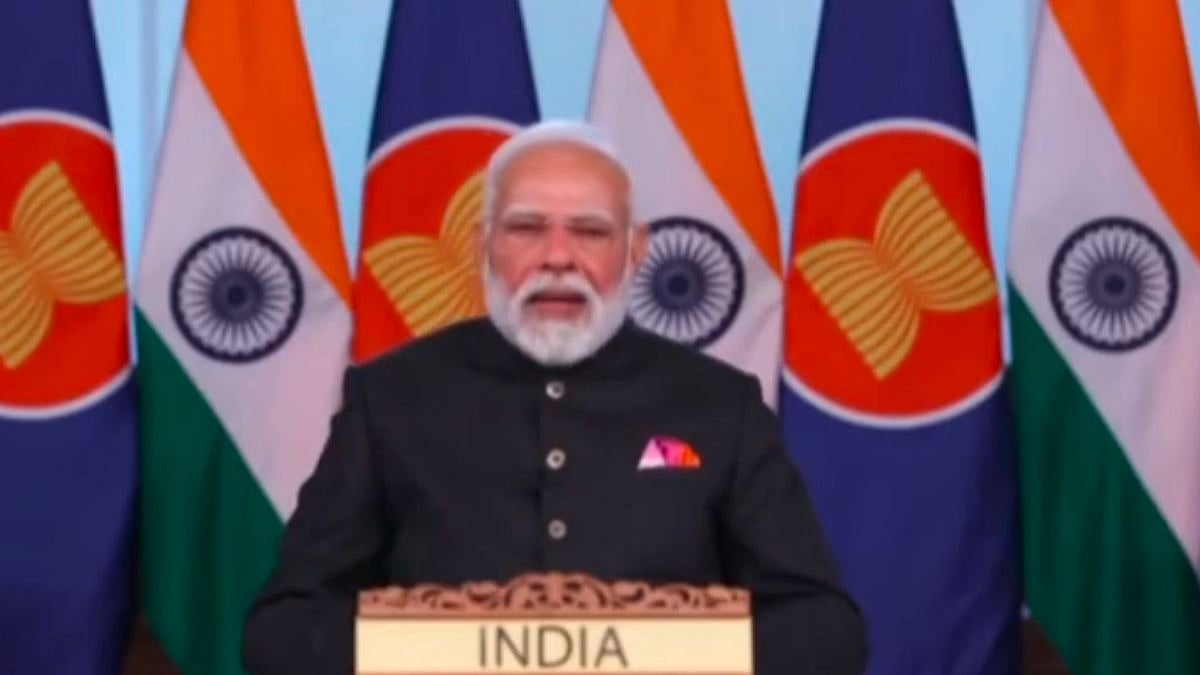In entertainment, nostalgia is said to play an important role in creating audience loyalty. However, though emotionally satisfying, nostalgia may not be enough to ensure success for the new season of an old popular daily soap that explored traditional values and social norms deeply embedded in Indian culture. The move that has stirred both cheer and scepticism about Kyunki Saas Bhi Kabhi Bahu Thi’s (KSBKBT) return 17 years after it went off air raises a question: why now, and how relevant is the saas-bahu saga today? The reboot of an old daily soap that once stood as a symbol of family values may loop you back in time, but it is hardly a boost to creativity, considering a reboot of an old story done to death is not an alternative to new possibilities in TV entertainment.
Before we come to the reasons behind its revival, relevance, and past success, it is important to go back to the early days of satellite television in India. KSBKBT debuted on Star Plus on July 3, 2000. In the 1990s, Star Plus, then a Hindi-English bilingual channel, was a struggling third player in the general entertainment channel (GEC) space. Zee TV, with its mass programming and first-mover advantage, was a clear leader, followed by the urban-centric Sony Television. The popular misconception is that KSBKBT catapulted Star Plus to the lead position in the mass entertainment space. But the fact is that it was Amitabh Bachchan-hosted Kaun Banega Crorepati, a unique and localised quiz format with relatable content blending entertainment and education, which totally disrupted the GEC landscape, significantly boosting the channel’s reach and viewership beyond expectations.
In television entertainment, often it takes one hit show to transform a channel’s fortunes. KBC did that for Star Plus, Balika Vadhu did the same for Colors in 2008, and Tarak Mehta relaunched SAB TV as a comedy brand a year later. KSBKBT was a huge beneficiary of KBC’s success; its association with Star Plus provided a platform for the show to reach a wider audience. The daily show format was an experiment that worked well because of its relatability for a large segment of women who could connect with the drama of family dynamics. Along with Ekta Kapoor’s other popular shows like Kahani Ghar Ghar Ki and Kasauti Zindagi Kay, Star Plus retained its lead over the competition for eight years. Credit must be given to her for changing the fiction programming landscape.
However, the quality of content cannot be judged on the sole parameter of high ratings. The same long-running “K-shows” that were lapped up by viewers became so melodramatic, exaggerated, and convoluted with generation leaps, reincarnations, plastic surgeries, replacements, and repetitive storylines that their viewership dropped significantly. Star Plus even had to use the contractual termination clause to retire Kyunki and Kahani. Since then, neither TV channels nor Ekta, nor others who imitated her formula, have attempted to sanitise the content of daily soaps from the morass of one kind of programming: family mythology, gender politics, and domestication of women.
In the entertainment industry, sequels, reboots, new seasons, and revivals are part of a conservative business strategy. Apart from the economic rationale, they also reveal something about a lack of creative imagination and incentive for new ideas and stories. As a result, repeating old ideas and concepts has become a safe business mantra. In this kind of an ecosystem, nostalgia has become a safer option to revisit than venturing into something risky and speculative. The consequence of this creative freeze is the narrowing of the range of what can be speculated, imagined, and invented. This phenomenon is not confined to the realm of the entertainment industry alone but extends to other sectors of Indian businesses and the economy.
A conservative ecosystem that gives precedence to stability over risk-taking not only discourages desire for new possibilities but also narrows imagination and ambition. A society that resists change tends to cheer the familiar and encourages recreation of past successful formulas through selective memory, reminiscence, glorification of tradition, and mythology. The value system that perceives any departure from an established social order as a threat is a culture that remembers more and thinks less. In such an environment, a finite new season of KSBKBT offers both business comfort and cultural conformity.

The mindboggling repetition happening in television programming suggests a systemic embargo on imaginative storytelling about aspirational India. This explains why, instead of mirroring modern values and aspirations of today’s women fighting for their space and voice, TV shows continue to reinforce domestication of women while punishing ambition and individuality. Tulsi’s suffering and sacrifices may have once been seen as an epitome of virtue, but India is done with such glorification of sorrow and submission. Speaking about her return as Tulsi in KSBKBT, actor and politician Smriti Irani recently said that it is an “attempt at boosting India’s creative industry”. What boost can the show give to creativity when the show’s revival is an attempt to largely stress the very value system and family dynamics it is already done with?
In the year 2000, when KSBKBT came on TV, India’s political discourse was characterised by a mix of persistent social challenges related to caste, religion, and regional disparities. The shift in political power with the BJP’s rise and Congress’ decline also marked a significant shift in ideological discourse. It is difficult to say whether the then prevailing social and political discourse enabled the focus of TV fiction programming to shift from contemporary themes and simplistic stories to saas-bahu shows reinforcing traditional gender roles, duties, and sacrifice with a liberal dose of religion and overt religiosity—festivals, poojas, havans, customs, and traditions—but the correlation is difficult to go unnoticed and ignored.
Today, the political discourse is increasingly centred around the recovery of a mythological, unified past. From the renaming of cities, demonisation of the Mughals, and rewriting of textbooks to the saffronisation of academic and other institutions, the reshaping of public discourse in line with Hindu nationalist views, often at the expense of other cultural and religious identities, is being seen as an attempt to reframe history from a Hindutva point of view. In this socio-political and cultural turn in the direction of the past, KSBKBT’s return aligns with the current ideological narrative.
The writer is a senior independent Mumbai-based journalist. He tweets at @ali_chougule









